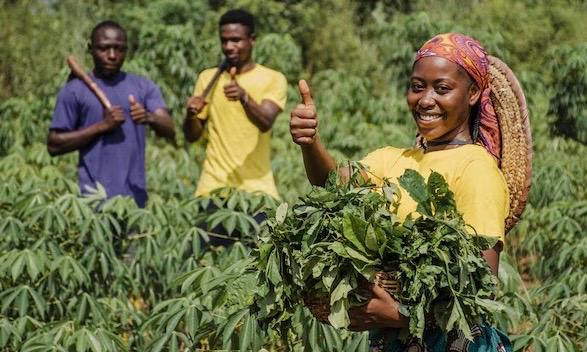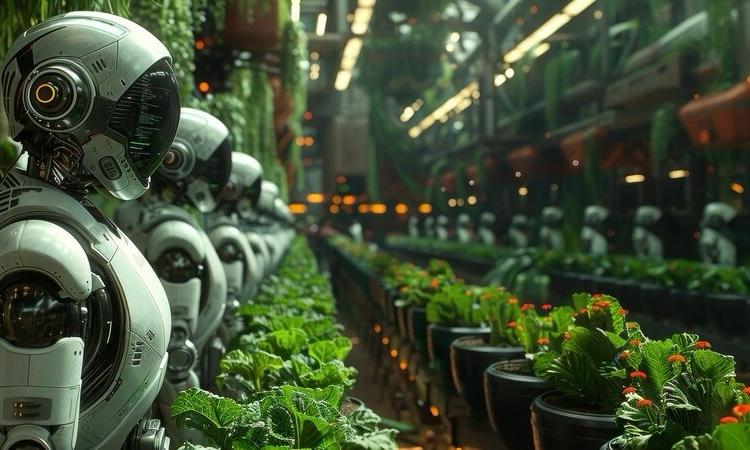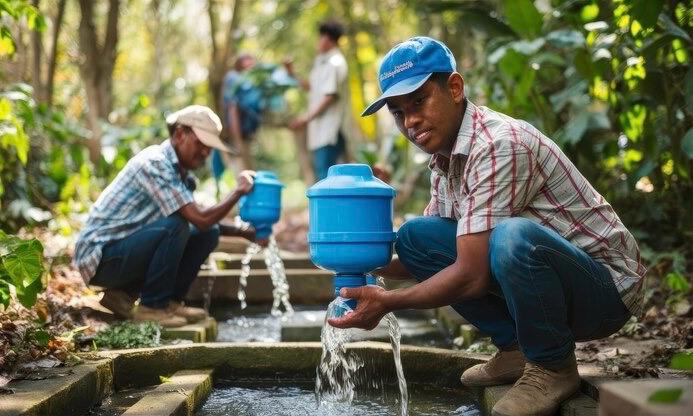Ama’s Journey to Becoming a Top Cocoa Farmer

Cocoa farming has long been the backbone of many rural communities, but becoming a successful cocoa farmer requires dedication, innovation, and support. This is the inspiring story of Ama, who transformed her modest cocoa farm into one of the most productive and sustainable operations in her region.
The Early Days: Challenges and Determination
Ama inherited a small cocoa farm from her parents, located in a lush but underserved rural area. Despite her hard work, Ama faced several challenges:
Low Yields: Outdated farming techniques and aging trees limited her productivity.
Pests and Diseases: Swollen shoot disease and capsid infestations plagued her farm.
Market Access: Selling her cocoa beans at a fair price was a constant struggle.
However, Ama’s determination to honor her family’s legacy and improve her livelihood kept her going.
A Turning Point: Seeking Knowledge and Support
Ama’s breakthrough came when she attended a workshop on sustainable cocoa farming organized by an agricultural extension program. Eager to learn, she embraced new techniques and sought mentorship from experienced farmers. Here’s how Ama’s journey unfolded:
1. Rejuvenating the Farm
Ama began by rehabilitating her farm:
Tree Pruning and Grafting: She pruned her cocoa trees and grafted high-yielding, disease-resistant varieties.
Soil Health Improvement: By applying organic compost and using cover crops, Ama restored soil fertility.
Shade Management: She planted shade trees to protect young cocoa plants and improve biodiversity.
2. Adopting Integrated Pest and Disease Management
To combat pests and diseases sustainably, Ama:
Introduced natural predators like ants to control capsid populations.
Used neem-based sprays and other eco-friendly solutions.
Regularly monitored her farm for early signs of disease, enabling prompt action.
3. Enhancing Post-Harvest Practices
Ama realized that proper post-harvest handling could significantly improve the quality of her cocoa beans:
She learned fermentation techniques to enhance flavor profiles.
Improved drying methods to ensure beans met export quality standards.
Invested in proper storage facilities to prevent spoilage.
Success and Recognition
Within a few years, Ama’s hard work began to pay off:
Increased Yields: Her farm’s productivity doubled, allowing her to sell more cocoa.
Premium Prices: Ama’s high-quality beans attracted buyers willing to pay premium prices.
Community Recognition: She received awards for sustainable farming practices and became a role model in her village.
Empowering Others
Ama’s success inspired her to give back. She organized training sessions for fellow farmers, teaching them sustainable techniques and sharing resources. By forming a cooperative, she helped her community access better markets and negotiate fairer prices.
Looking Ahead
Ama continues to innovate, exploring agroforestry practices and experimenting with cocoa value addition by producing cocoa butter and powder locally. Her vision is to create a legacy of sustainable farming that benefits future generations.




